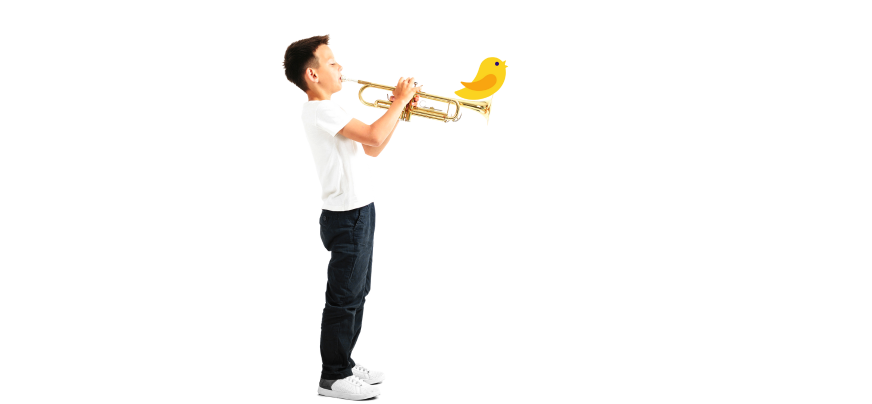By Ed Pearlman
A few months ago, my wife hired a theater instructor, who specializes in improv, to come give a workshop for some legal mediators. One exercise he had them do has had a wonderful impact on my music students.
All students struggle, in fact all musicians do, if truth be told. Every musician at every level is trying to raise his or her own ceiling and get just a bit better than before.
However, there are some students who regularly do better than they will admit. Their ambition to do well is great, but sometimes if they demand too much perfection, they taint all their progress with a bad taste. Nothing is good enough. They simply get in their own way.
How I helped my perfectionist music student
Jane, for example, would focus on getting all the notes right but her sound was meek and tentative. We worked on that for a while and she made great progress quickly. I complimented her on this, and encouraged her to keep it up and to value her new skill.
But all she could do was frown and look at me as if I was crazy. She pointed out each of the notes she’d missed, especially the one that was way out of tune. She talked as if I was either deaf or lying in order to make her feel better than she should. It was very difficult to convince her that she had made an important step forward in her music making, regardless of a few sour notes.
The “yes but” improv exercise
This is when, finally, the lesson I heard about from the improv instructor paid off. In one of his exercises, he had the students pair off and make up some story about a fictional experience. The other student had to listen and then say, “Yes, but…” Then the first student had to respond, also starting with “Yes, but…”, and so on.
For example:
“I had the most amazing time standing on the New Year’s Day float and waving to all the cheering crowds.”
“Yes, but then it started to rain, and you had to stand under the tarp with just your head and hand peeking out.”
“Yes, but you weren’t even there, so you don’t remember that it cleared up and was sunny again.”
“Yes, but by that time the crowds were all gone.”
And so on. A downward spiral, starting out fun and sliding to tentative to insulting to desolate.
The “yes and” improv exercise
Then the teacher had everybody do the same exercise while simply replacing “Yes, but…” with “Yes, and …” The change was amazing.
“I had the most amazing time standing on the New Year’s Day float and waving to all the cheering crowds.”
“Yes, and then it started to rain and you kept on waving even from under the tarp. That was hilarious.”
“Yes, and then it cleared up and everybody stood cheering and laughing and soaked to the bone.”
“Yes, and we all dried out pretty quickly in the hot sun.”
And so on. The conversation bounced the opposite way, in an upwared spiral, making things better and better.
The results of the “yes and” exercise
As simple as this exercise may seem, it is a powerful tool. When I discussed this with some of my more perfectionist students, they began to realize how differently they could view their practicing.
After working on her bowing, Jane could make a better sound, and when I pointed that out, she was able to think differently. Normally she would say say something like “Yes, but I can’t stand that last note.” Now, she could say, “Yes, and if I fix that last note, it will all sound much better.”
Her usual pattern was to take for granted what she’d done (“Yes”) and look for something to criticize (“but”), as if practicing was only about fixing mistakes. But now she was trying to actually appreciate what she’d done (“Yes”) and look for something to improve (“and”).
The difference has been remarkable.
Learn more teaching exercises by joining Duet’s community of amazing teachers, constantly building each other up!

